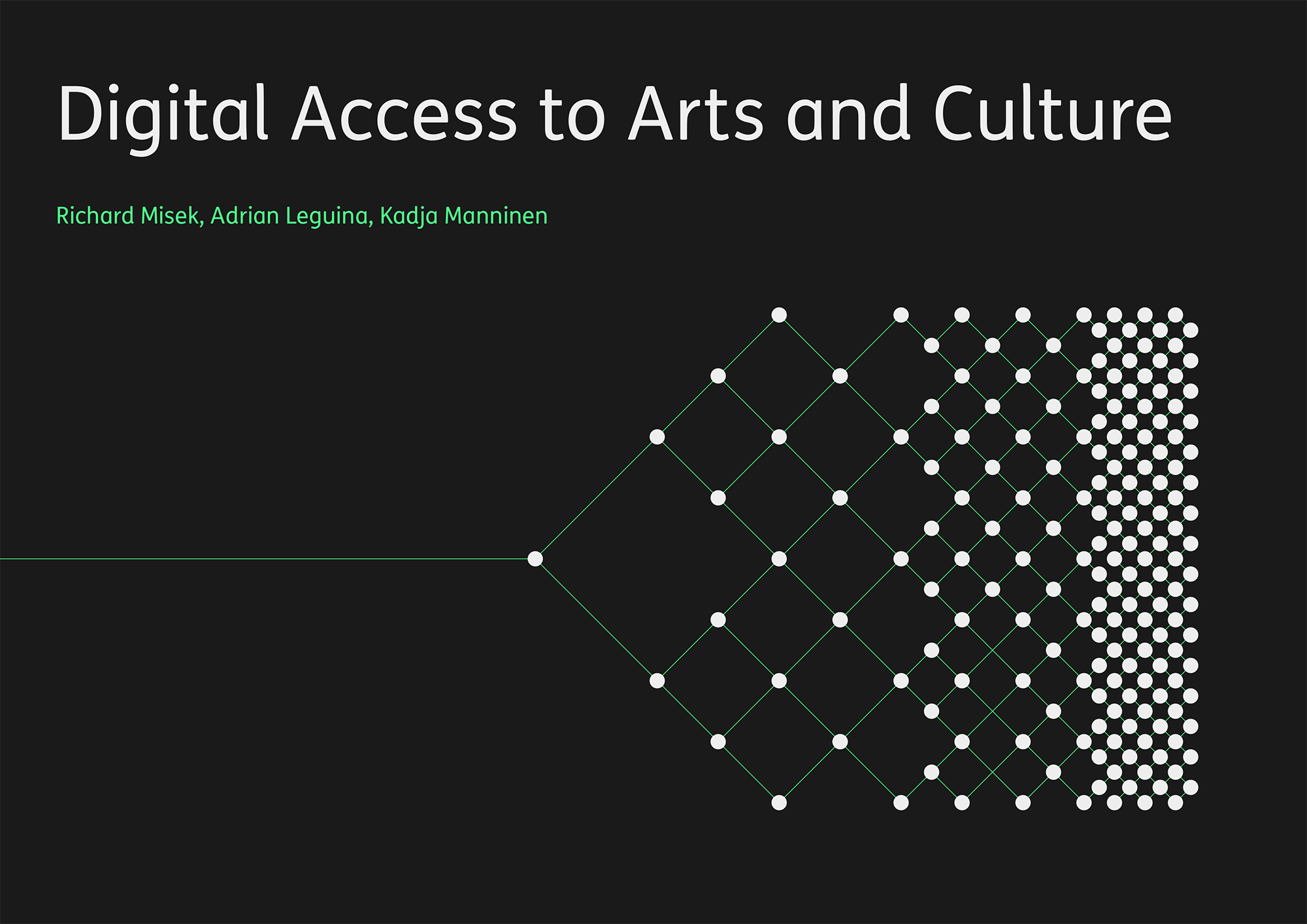The final report summarises an 18-month research project into the role of digital arts and culture in the UK during the pandemic, focusing on its accessibility implications.
The report pays particular attention to the ‘pivot’ to online programming undertaken by many arts and culture organisations following the onset of COVID-19. It also explores how online and live programmes have interacted with each other, how digital accessibility tools are finding their way back into in-person activities, and what the wider accessibility implications of the on-going hybridisation of arts and culture may be.
Summary
- The increased availability of online arts and culture during the pandemic led to accessibility benefits for many people – in particular d/Deaf and disabled, clinically vulnerable, older, and geographically remote participants.
- Many participants with accessibility needs now see the provision of online arts and culture as an essential accessibility feature.
- However, various factors have recently caused performing arts organisations in particular to pull back from providing regular streaming content. These include low revenue potential, no sector-wider digital rights framework, a hierarchisation of in-person over online content, and a funding environment that favours one-off digital projects.
- As a result, many people with accessibility needs now risk returning to pre-pandemic levels of exclusion from arts and culture.
- The report’s authors conclude by arguing that hybrid (in-person and online) programming must form a key factor in future accessibility improvements: the more routes that exist for engaging with arts and culture, the easier it is to engage with, and the more inclusive it can become.

